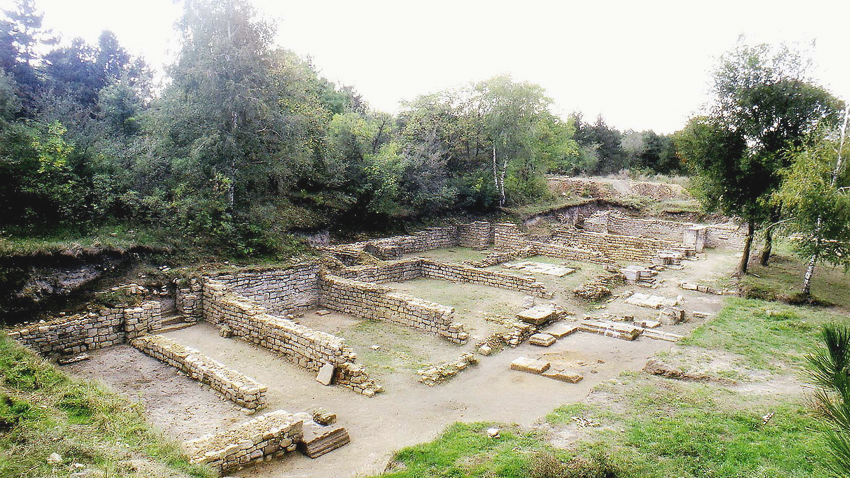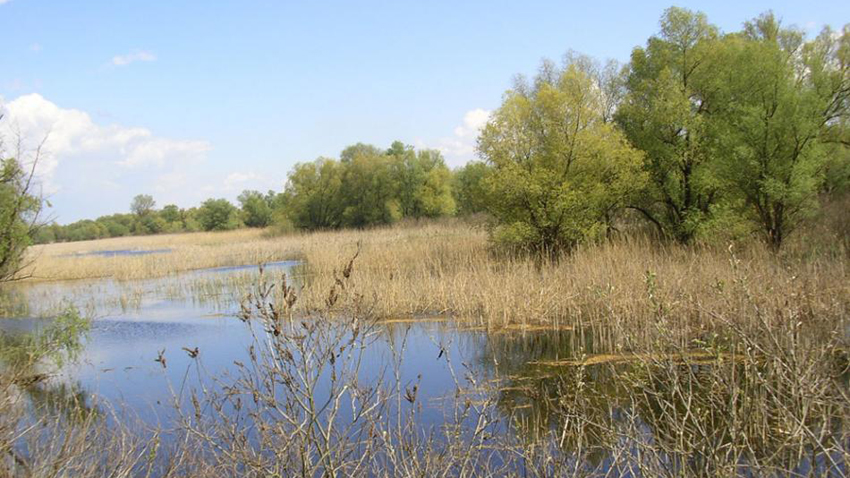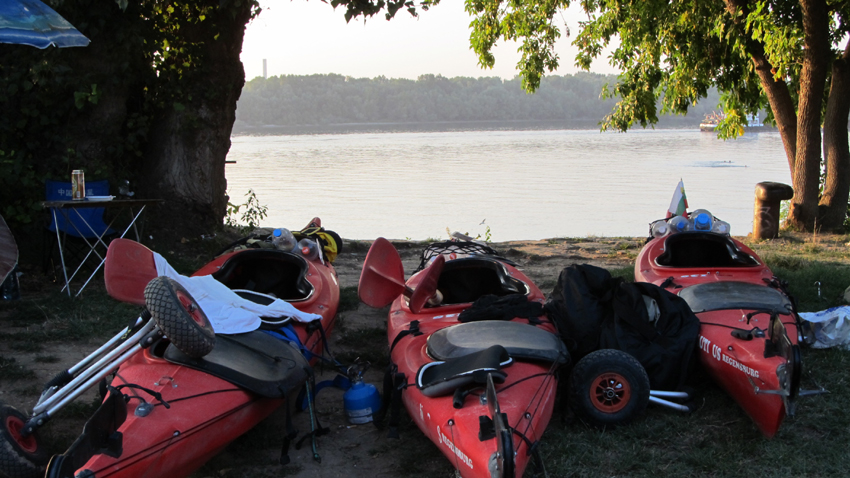The meanders of Europe’s second largest river, the Danube trace the country’s border to the North with Romania. The Bulgarian side is as yet uncharted territory for mass tourism and that means it abounds in incredible treasures; if one really wants to see everything worth seeing here it will take more time.

Unlike the Romanian bank on the opposite side of the river which is low, marshy and barren, our side is green, lush with many poor but scenic villages and natural sights, but most of all – traces of antiquity. Once the Danube was the natural border of the Roman Empire and it had to be guarded. “That is why in our section of the river there were a great many road stations. They were in fact fortresses – towns with garrisons but also with a civilian population,” says Stefan Prodanov from the Tourism Council in Svishtov. Some time ago, with the help of European funding three municipalities on the Danube – Svishtov, Belene and Tsenovo – developed a joint itinerary revealing the ancient past of this part of the country. The remains of Nove fortress are among the most popular sights along it. In 48 AD legio VIII August (the 8th legion of Augustus) was stationed in the environs of what is today the town of Svishtov. The remains that have come down us are the thick fortress walls with embrasures that once girdled the military camp; in the centre there once rose the administrative buildings, the legionary thermae and the hospital – the biggest in the empire. All this was built by Emperor Trajan. Near Krivina village in Tsenovo municipality tourists can visit the fortress of Yatrus from late antiquity. Its foundations were laid in the 4th century and later, a Christian basilica was erected on the spot. Archaeologists have also found remains of ancient housing and farming facilities. In Belene municipality, they have been studying the remains of the ancient Dimum customs house for years; once cargo vessels would berth here and have custom duty imposed. “In Roman times Dimum was a fortress wall and port with bustling commerce,” Stefan Prodanov explains. What else is there to see in this section of the Danube River that is seeped in history from antiquity?

“The Persina Nature Park with its rare water species, birds and abundance of plants. The territory of this park spreads to three municipalities but it also attracts visitors along the EuroVelo 6 route, mostly cyclists coming from Germany, Austria, Switzerland who are impressed by the abundance of tourism opportunities here. EuroVelo 6 is a European cycling route traversing the whole of Europe and passing along the Bulgarian section of the Danube. Tourists opt for the local hotels and guest houses – they are to be found in practically every village here.”
Whether one chooses to see the sights here on foot, by bike or trying to find one’s bearings by car along unmarked roads and avoiding potholes, no matter. The infrastructure may be deplorable but it is well worth the effort. “River tourism has helped a great many people come in contact with our ancient heritage,” Stefan Prodanov says and adds:
“In summer there is a tourist regatta - Europeans canoe and kayak along the river, stopping over in each Bulgarian town where they camp. Unfortunately, even though larger cruise ships which most often start off from Vienna berth at port Svishtov, their passengers do not get to see the sights in these parts. Most go 100 kilometers or more inland to see Veliko Turnovo and Arbanassi and then get back on board and continue on their way without ever suspecting what they are missing.”

Still, the chair of the Svishtov Tourism council has nothing to complain about – there is an ample number of tourists coming to Svishtov, especially at the beginning of June, when tens of thousand flock here for the Eagle on the Danube Festival of Ancient Heritage. This year’s edition of the festival brought together more than 300 participants from Bulgaria, Italy, Romania and Poland who eagerly donned legionary attire to reenact the everyday life, culture and battles between imperial Rome and the local tribes. The spectacular reconstructions organized amidst the ruins of the ancient town of Nove are invariably a resounding success. That is why the festival is soon to have an autumn edition called The Vines of Nove. This year the festival is due in September and will once again bring ancient local history back to life.
English version: Milena Daynova
Photos: library
Bulgaria’s second largest city of Plovdiv is in the top 3 of recommended destinations for the upcoming Christmas and New Year holidays in a ranking by Forbes. Experts from the European Best Destinations organization put Plovdiv in third..
At the official opening of the winter season in Bansko, caretaker Minister of Tourism Evtim Miloshev said that Bulgaria has the potential to become a leading tourist country in the region. It is high time the discussion began among all..
As the holiday season approaches, the Christmas and New Year’s offers are selling like hot cakes. Bookings started as early as September, and it is now next to impossible to find any vacancies in Bulgaria’s popular tourist destinations , hotel and..

+359 2 9336 661
